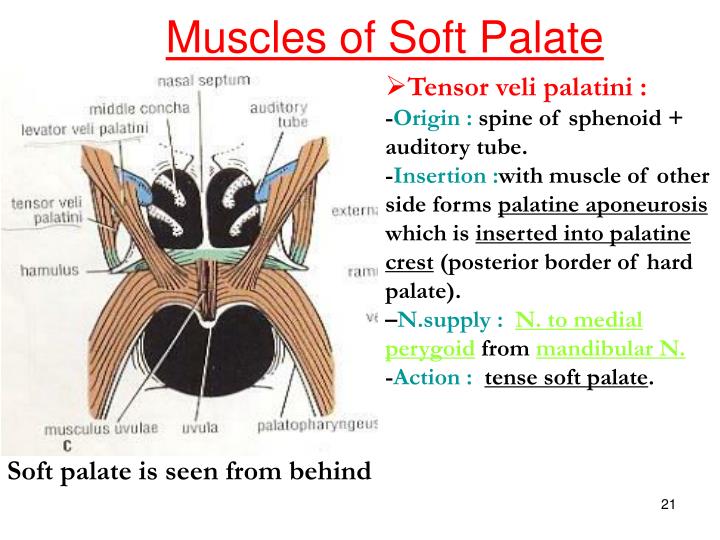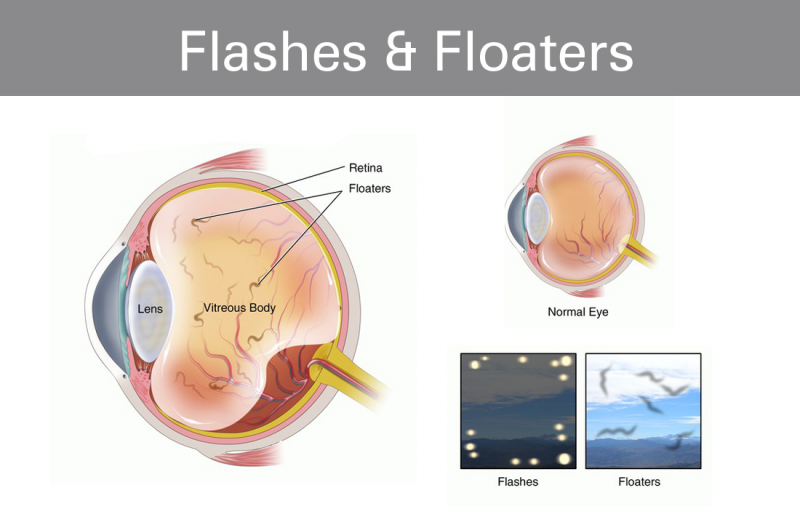Unraveling the Mysteries of Soft Palate Muscles

Introduction to Soft Palate Muscles
The soft palate, a dynamic and intricate structure, plays a vital role in various essential functions of the human body. Comprising five palatine muscles, it forms the posterior part of the palate, separating the oral and nasal cavities. These muscles work in harmony to facilitate critical processes like swallowing, digestion, breathing, and articulation.
Composition of Soft Palate Muscles
The five palatine muscles that make up the soft palate are:
- Tensor veli palatini
- Levator veli palatini
- Palatoglossus
- Palatopharyngeus
- Musculus uvulae
Functions of Soft Palate Muscles
These muscles collaborate to perform the following essential functions:
- Swallowing: The soft palate muscles help elevate the palate, closing the nasopharynx during swallowing, and preventing food and liquids from entering the nasal cavity.
- Digestion: The muscles aid in the movement of food through the pharynx and into the esophagus.
- Breathing: The soft palate muscles assist in regulating airflow between the oral and nasal cavities, facilitating normal breathing patterns.
- Articulation: The muscles contribute to the precise movements required for speech, particularly in the production of consonants and vowels.
Anatomy of Soft Palate Muscles
The soft palate, a dynamic and complex structure, plays a vital role in our ability to speak and swallow. To understand its functions, it's essential to delve into the anatomy of the soft palate muscles.
Attachment and Orientation
The soft palate is attached to the posterior margin of the hard palate, extending posteroinferiorly. This positioning allows it to form the border between the oral and nasal cavities, separating the two and facilitating the passage of air and food.
Palatine Muscles
The soft palate is comprised of five distinct muscles, each with unique roles and functions:
- Palatoglossus: This muscle connects the soft palate to the tongue, facilitating speech and swallowing.
- Palatopharyngeus: Responsible for elevating the pharynx and larynx during swallowing, ensuring the safe passage of food.
- Tensor Veli Palatini: This muscle tenses the soft palate, allowing for the proper closure of the nasal cavity during speech and swallowing.
- Musculus Uvulae: Connecting the soft palate to the uvula, this muscle aids in the movement of the uvula during speech and swallowing.
- Levator Veli Palatini: Elevates the soft palate, enabling the separation of the oral and nasal cavities during speech and swallowing.
Understanding the anatomy of the soft palate muscles provides valuable insights into their functions and roles in our daily lives.
Functions of Soft Palate Muscles
The soft palate muscles play a vital role in various physiological processes, including speech, swallowing, and breathing. Understanding the functions of these muscles is essential to appreciate their significance in our daily lives.
Elevation of the Soft Palate during Swallowing
During swallowing, the soft palate muscles contract to elevate the soft palate, separating the oral and nasal cavities. This prevents food and liquids from entering the nasal cavity, ensuring proper swallowing and preventing nasal regurgitation.
Movement of the Soft Palate for Speech Articulation
The soft palate muscles also facilitate speech articulation by moving the soft palate to modify sound resonance. This enables us to produce a wide range of sounds, from nasal consonants like "m" and "n" to non-nasal sounds like "p" and "t".
Regulation of Airflow during Breathing
In addition to their role in swallowing and speech, the soft palate muscles assist in breathing by regulating airflow through the nasal cavity. They help to open and close the nasal passage, allowing for the free flow of air during inhalation and exhalation.
Clinical Significance of Soft Palate Muscles
The soft palate muscles play a vital role in various physiological functions, and their dysfunction can lead to a range of clinical issues. In this section, we will delve into the clinical significance of soft palate muscles and explore the implications of their dysfunction.
Speech Disorders
Dysfunction of soft palate muscles can significantly impact speech production, leading to difficulties in articulation, resonance, and voice quality. The soft palate helps to separate the nasal and oral cavities, and its dysfunction can cause nasal regurgitation, hypernasality, and speech intelligibility issues.
Swallowing Difficulties
The soft palate muscles are essential for the swallowing process, and their dysfunction can lead to dysphagia, or swallowing difficulties. This can result in food and liquids entering the nasal cavity, causing discomfort, and potentially leading to respiratory complications.
Respiratory Issues
Soft palate muscles also play a crucial role in maintaining upper airway patency during respiration. Dysfunction can lead to respiratory issues, such as obstructive sleep apnea, snoring, and chronic nasal congestion.
Importance of Understanding Soft Palate Muscles
Understanding the anatomy and functions of soft palate muscles is crucial for accurate diagnosis and effective treatment of related disorders. Healthcare professionals must consider the complex interactions between soft palate muscles and other oral and nasal structures to develop comprehensive treatment plans.
Conclusion
The soft palate muscles play a crucial role in maintaining essential functions like swallowing, breathing, and speech. These muscles work in harmony to facilitate the smooth passage of food, air, and sound through the oral and nasal cavities. Any dysfunction or weakness in these muscles can lead to difficulties in these critical functions, emphasizing the importance of understanding and appreciating their role in our overall health.
Advancements in Research and Treatment
Further research and understanding of the soft palate muscles can lead to improved diagnosis and treatment of related disorders. By uncovering the intricacies of these muscles and their functions, medical professionals can develop more effective treatments for conditions such as sleep apnea, dysphagia, and speech impediments. Additionally, advancements in fields like oral physiology and neurology can provide new insights into the complex interactions between the soft palate muscles and other bodily systems.
Future Directions
As research continues to unravel the mysteries of the soft palate muscles, we can expect to see significant advancements in the diagnosis, treatment, and prevention of related disorders. By exploring new techniques and technologies, such as advanced imaging and electromyography, researchers can gain a deeper understanding of these muscles and their functions. This knowledge can lead to the development of innovative treatments and therapies, improving the quality of life for individuals affected by soft palate muscle disorders.














Comments ()